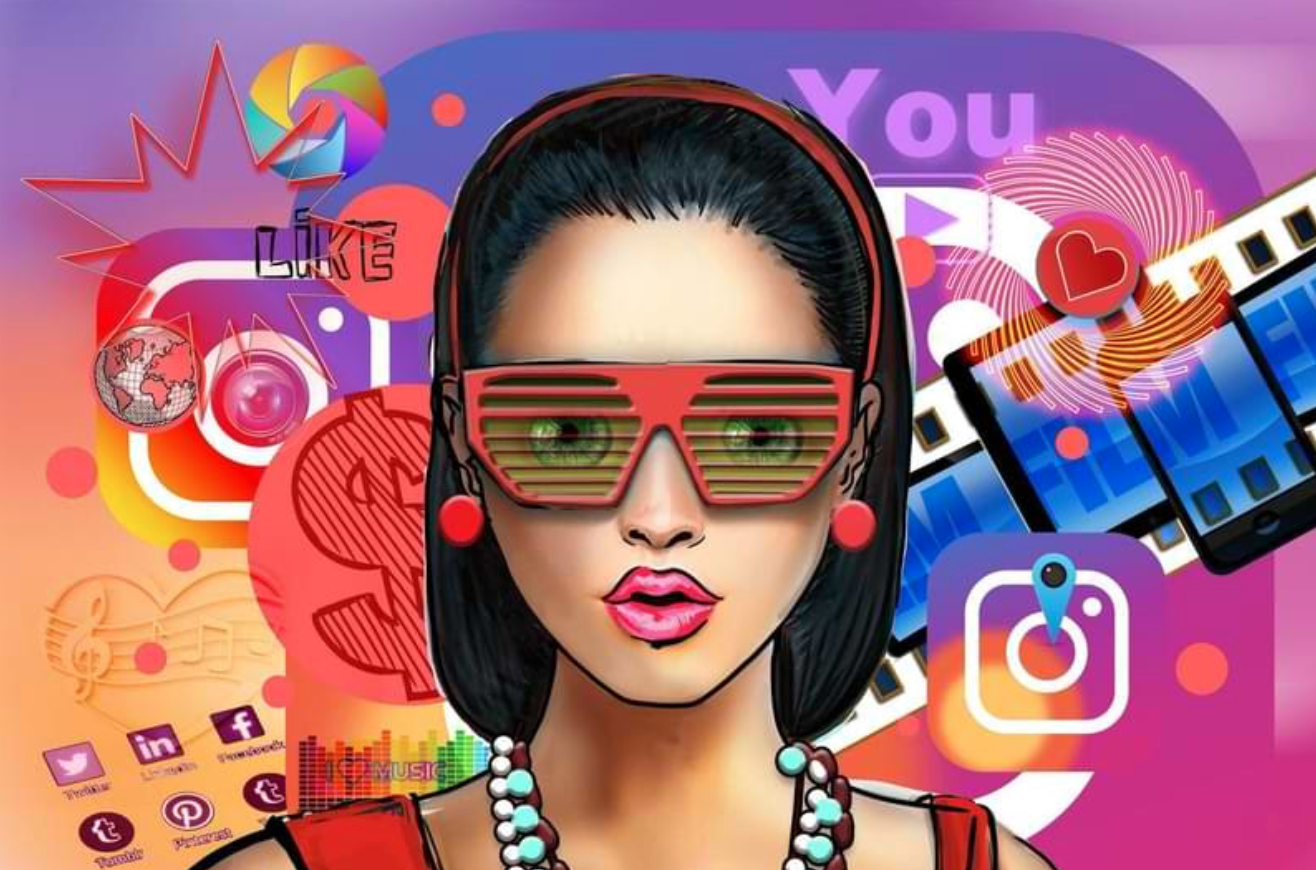User-generated content (UGC) is the strongest form of advertising… at least when influencer and branded content are your other options.
That’s the gist of the results of a Stackla survey of 2,000+ consumers.
Table of Contents
Here are some of the stats to back this up
– 80 percent of respondents said UGC strongly influences their purchasing decisions.
This was 8.7x more than influencer content and 6.6x more than branded content.
– When asked what type of content they want to see on an e-commerce site, 72 percent answered “real customer photos and videos.”
– 80 percent of people said they would be more likely to buy a product online if the store had real customer photos and videos.
For example, notice how popular real photos and videos are in Amazon reviews.
They make the reviews look more genuine (Amazon has a reputation for lots of fake reviews) and also gives a non-glossed version of the product. What does it look like in real-life?
Behavior > opinion
All of this is fine and dandy, but as the saying goes, “watch what people do, not what they say.”
Stackla asked one behavior-based question: why did people leave an e-commerce site without purchasing?
The answer: 64 percent of Gen Z and 60 percent of millennials said they left an e-commerce site without making a purchase because the site lacked customer photos or reviews. Those are not small figures.
What you can do about this
Try experimenting with user-generated content (UGC) in your ads, home page, and product pages.
Check to see if it improves your overall conversion rate.
User-generated content is taking over ‘traditional’ content
So says the (recent) research.
User-generated content is becoming increasingly popular:
A recent study found that Americans now spend nearly as much time streaming user-generated videos on YouTube, TikTok, and other online platforms as they do watching traditional television.
And that UGC is now 39% of all content consumption.
To be more specific, Americans 13 years and older spent 16% of their weekly media time watching UGC videos.
That figure was 18% for traditional TV content.
Bad news for traditional media
News engagement fell off a cliff in 2021, according to a recent Axios article.
It could just be that Joe Biden is more “boring” compared to Donald Trump, but it seems people are less interested in politics and more interested in, well, people. (Amazing!)
What this means for you
As marketers, we are constantly on the lookout for places where people are spending more of their time and placing our ads there.
Is there any emerging UGC content in your niche?
If so, can you work out a deal with the creators?
This can pay off handsomely, especially if the UGC is a podcast.
TikTok style UGC you should use
User generated content is the name of the creative game on TikTok.
As you’ve heard a million times, classic ads do not work on this platform. And you must entertain.
UGC does a great job at educating customers, entertaining them, and selling the product.
That’s why they’re successful and these are three types of UGC ads you can create:
Voice over review
This creative shared by Alex Cooper is a great example.
It’s basically a creator showing the product and using it, with the TikTok’s voiceover effect describing the product and its benefits.
Unboxing
Easy one. A big role is played by the package of your product and the quality of the recording.
You can try to add some effects to interrupt the pattern and stop the scroll.
“How to”
The classical testimonial video might not work well on TikTok.
What can help you be successful is to have an “educational testimonial” video, like this one.
You have two options
1) Have your customer or a creator explain how they use your product.
2) “How to video” testimonials: For instance, this video starts with “how to stay hydrated” and shows the testimonial using a product to help her stay hydrated.
Some extra tips for any ad type, UGC or otherwise
- Use the text design TikTok offers.
- Use trending sounds where you can (whether music or other sounds).
- Using the text-to-voice feature from TikTok can also help, it feels “native” to the platform.
Related
- How to Advertise on Podcasts – Without Spending Anything
- Apps Like TikTok – Best Alternatives in 2024


